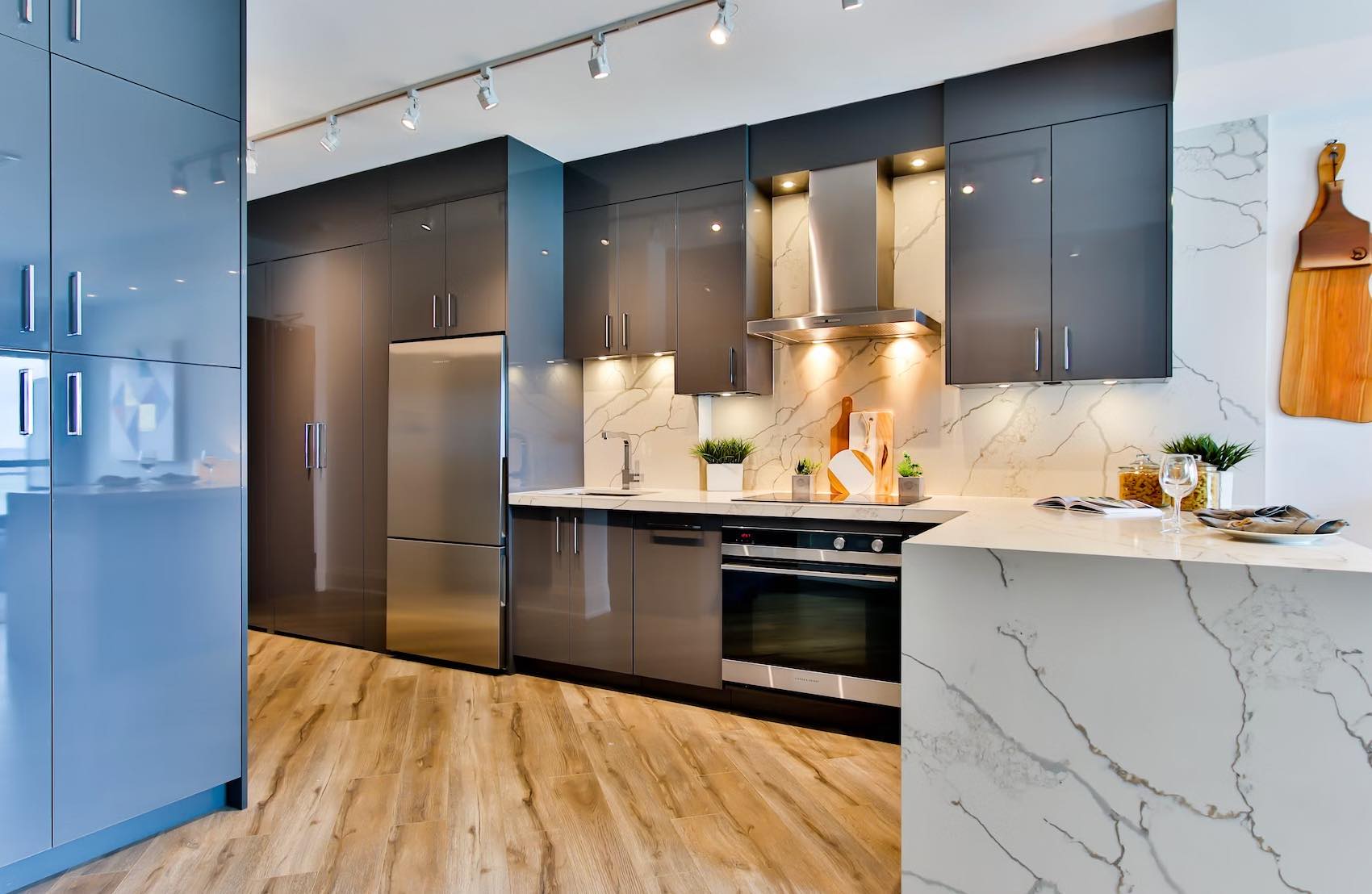
13 Jun Keeping Your Kitchen Cabinets Mold-Free: Preventing Mold and Water Damage
The kitchen is a hub of activity in any home, but it’s also a prime location for mold and water damage if proper preventive measures aren’t taken. Kitchen cabinets, in particular, can be susceptible to moisture buildup and mold growth if not properly maintained. In this blog, we will explore effective strategies for preventing mold and water damage in your kitchen cabinets. By implementing these new ideas and advice, you can ensure the longevity and cleanliness of your cabinets while protecting the overall health of your kitchen.
- Use Waterproof Materials: When choosing kitchen cabinets, opt for materials that are resistant to moisture and water damage. Consider cabinets made of waterproof or water-resistant materials such as marine-grade plywood or solid wood treated with a waterproof sealant. These materials are less likely to absorb moisture and are more resistant to mold growth.
- Proper Ventilation: Ensure proper ventilation in your kitchen to minimize moisture accumulation. Install a range hood or exhaust fan above your stove to remove excess moisture, steam, and cooking odors. Proper ventilation helps prevent condensation and reduces the chances of mold growth on and around your kitchen cabinets.
- Regular Cleaning and Maintenance: Regular cleaning and maintenance are vital in preventing mold and water damage in kitchen cabinets. Wipe down cabinet surfaces regularly with a mild detergent to remove any food spills or grease buildup, which can attract moisture and promote mold growth. Pay attention to areas where moisture can accumulate, such as near sinks or dishwashers. Use a dry cloth to thoroughly dry the cabinets after cleaning.
- Check for Leaks: Regularly inspect the plumbing fixtures in your kitchen, including the sink, dishwasher, and refrigerator water line, for any signs of leaks. Even minor leaks can lead to significant water damage over time. Repair any leaks promptly to prevent water from seeping into your cabinets and causing mold growth.
- Seal Gaps and Cracks: Inspect the areas around your kitchen cabinets for any gaps or cracks that could allow moisture to enter. Seal these gaps using silicone caulking or weatherstripping to create a barrier against water intrusion. Pay particular attention to areas where the cabinets meet the walls or flooring.
- Avoid Excessive Humidity: High humidity levels can contribute to moisture buildup and mold growth. Use a dehumidifier in your kitchen, especially in humid climates or during the summer months, to maintain optimal humidity levels. Aim for humidity levels between 30% and 50% to prevent condensation and inhibit mold growth.
- Proper Storage Organization: Proper organization within your kitchen cabinets can help prevent mold and water damage. Avoid overcrowding cabinets, as this restricts airflow and can lead to moisture buildup. Store items in a way that allows for proper ventilation and prevents food or liquid spills that could attract moisture.
- Regular Inspections: Perform regular inspections of your kitchen cabinets to catch any signs of mold or water damage early. Look for discoloration, musty odors, or any visible mold growth on the cabinet surfaces, inside the cabinets, or along the edges. Promptly address any issues to prevent further damage and the spread of mold.
Conclusion
Preventing mold and water damage in your kitchen cabinets requires a proactive approach and regular maintenance. By using waterproof materials, ensuring proper ventilation, practicing regular cleaning and maintenance, checking for leaks, sealing gaps and cracks, managing humidity levels, organizing storage properly, and conducting regular inspections, you can effectively protect your kitchen cabinets from mold and water damage. Implementing these strategies will not only extend the lifespan of your cabinets but also create a healthy and functional kitchen environment.
